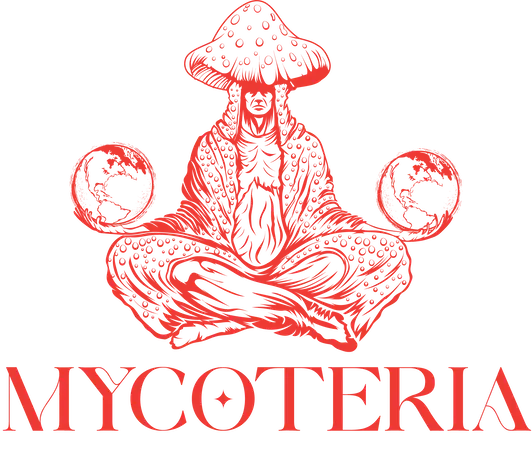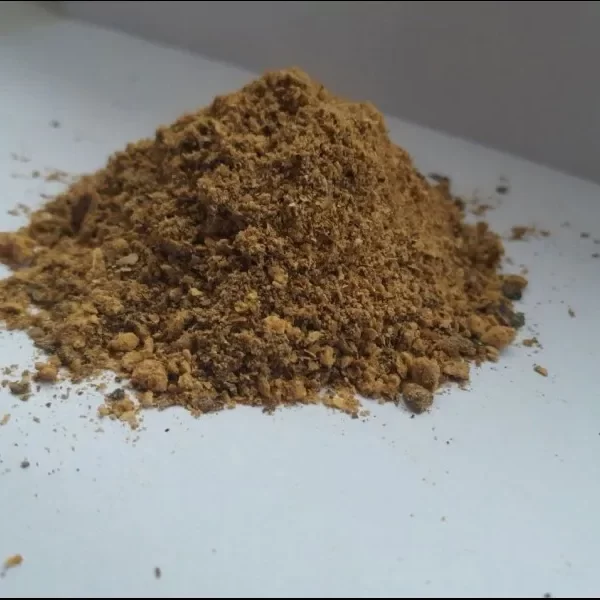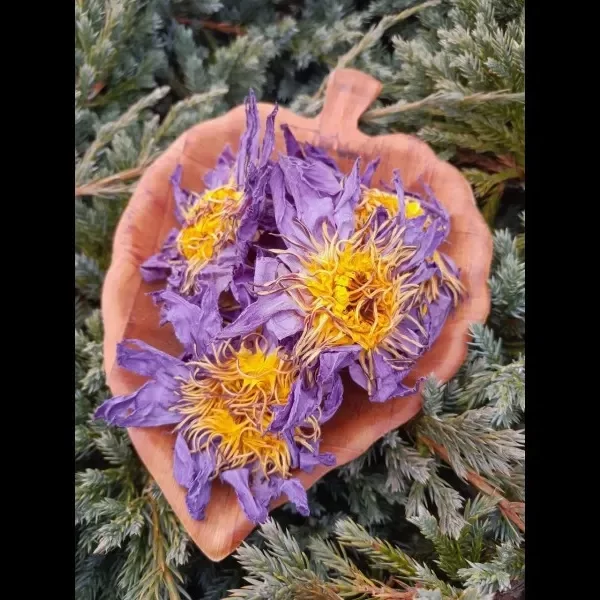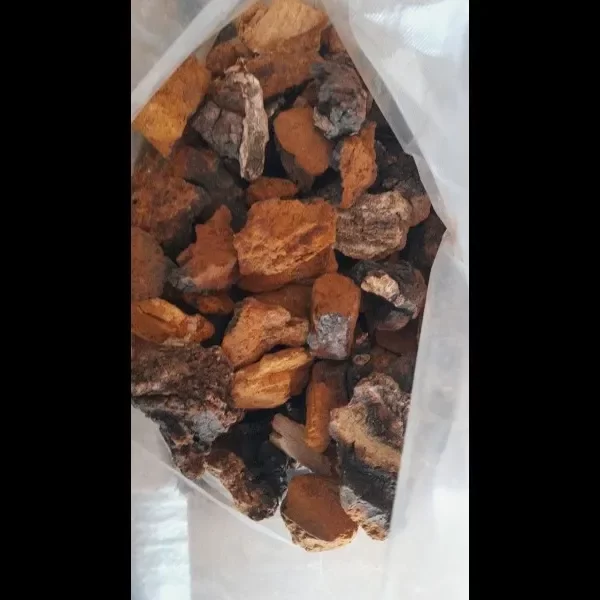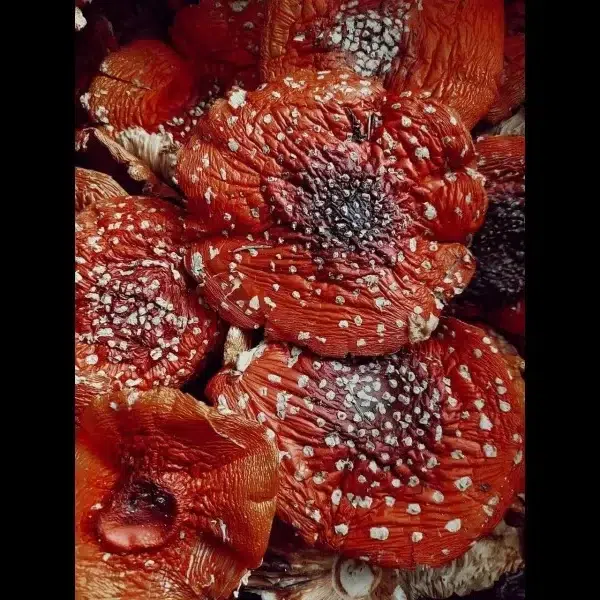Amanita muscaria, commonly known as the fly agaric, is a large, white-gilled, and usually red mushroom. It is a poisonous and hallucinogenic species from the genus Amanita and family Amanitaceae in the kingdom Fungi, division Basidiomycota, class Agaricomycetes, order Agaricales. The taxonomic classification of Amanita muscaria places it within the division Basidiomycota, class Agaricomycetes, order Agaricales, family Amanitaceae, and genus Amanita.
As the type species of both the Amanita genus and Amanita subgenus Amanita, its specific place in the fungal hierarchy is well established. The historical perspective reveals early records by Albertus Magnus prior to 1256 and Carl Linnaeus who described it as Agaricus muscarius in 1753.
Molecular studies have confirmed the classification of A. muscaria based on morphology. Notably, its historical use as an insecticide in European languages has had an impact on its naming. John Ramsbottom reported its use for bug control in England and Sweden, underscoring this practical application.
This extensive understanding of Amanita muscaria’s taxonomy and classification positions it as a well-known fungus with both scientific and practical significance.
Where Amanita Muscaria is found?
Native to the temperate and boreal forests of the Northern Hemisphere, Amanita muscaria is typically found growing in association with deciduous and coniferous trees, such as pine, oak, spruce, fir, and birch. It thrives in regions across Britain, Ireland, mainland Europe, Asia, the USA, and Canada, as well as in similar habitats introduced by human activities in the Southern Hemisphere, including Australia, New Zealand, and parts of South America.
Molecular studies trace the ancestral origins of Amanita muscaria to the Siberian–Beringian region in the Tertiary period. From this origin, it spread across Asia, Europe, and North America, demonstrating remarkable adaptability to various forest ecosystems and associations with diverse tree species. The mushroom’s widespread distribution highlights its ecological role and impact in these environments, where it participates in nutrient cycling and contributes to forest health.
Bioactive Compounds in Amanita muscaria
Amanita muscaria, also known as the fly agaric, contains two notable bioactive compounds: muscimol and ibotenic acid. These compounds are known to interact with specific receptors in the central nervous system, particularly GABA receptors, making Amanita muscaria an interesting subject for neurobiological research. The unique properties of muscimol and ibotenic acid have led scientists to study their effects on neurotransmitter systems to understand potential applications in neuroscience and medicine.
Research on these compounds continues to deepen our understanding of Amanita muscaria’s interactions within the central nervous system, emphasizing the importance of further study into its bioactive components and their potential implications for scientific exploration and neurochemistry.
What is Amanita Muscaria Toxicity Effects?
The ingestion of Amanita muscaria, commonly known as the red fly agaric mushroom, can lead to a range of toxic effects. Symptoms typically appear within 30 minutes to two hours and include gastrointestinal disturbances, confusion, dizziness, agitation, and perceptual changes such as visual and auditory distortions. Severe cases may involve respiratory and cardiovascular depression, as well as central nervous system effects like disorientation and lack of time awareness, potentially escalating to critical conditions if left untreated.
In cases of Amanita muscaria toxicity, medical intervention may involve supportive care and the administration of medications, such as benzodiazepines, to manage excitatory symptoms. Prompt medical attention is crucial to improve outcomes, as delayed onset symptoms, including prolonged disorientation, have been reported in some cases.
What is Amanita Muscaria Culinary and Medicinal Use?
Historically, Amanita muscaria has been used primarily as an insecticide rather than for culinary or medicinal purposes due to its toxic compounds. Certain cultures have employed traditional detoxification methods to reduce its toxicity for ceremonial or spiritual purposes, often within a shamanic context. These traditional uses underscore the importance of safe handling and respect for the mushroom’s potent bioactive components. Modern research continues to examine Amanita muscaria‘s role within historical practices to better understand its cultural significance and potential applications.
What Happens if You Are Exposed to Amanita muscaria?
Exposure to Amanita muscaria can lead to a range of adverse symptoms due to the presence of bioactive compounds like ibotenic acid and muscimol. These compounds primarily affect the central nervous system, and symptoms can include dizziness, confusion, nausea, and vomiting. In more severe cases, respiratory and cardiovascular depression may occur, requiring prompt medical attention. Symptoms generally appear within 30 minutes to two hours after exposure, with delayed and prolonged effects possible.
In cases of Amanita muscaria toxicity, medical interventions often involve supportive care, including gut decontamination and medications to manage symptoms. Immediate medical evaluation is essential to ensure safety.
Is Amanita muscaria a Controlled Substance?
While Amanita muscaria contains psychotropic compounds like muscimol and ibotenic acid, it is not currently classified as a controlled substance in most countries. However, due to its potential toxic effects and health risks, researchers and health professionals emphasize the importance of handling it with caution and advocate for further regulation to manage its accessibility.
Is Amanita Muscaria Poisonous to Humans?
Yes, Amanita muscaria can be poisonous to humans due to its toxic compounds, which affect the central nervous system and can lead to dizziness, confusion, and other significant symptoms. Severe cases may involve respiratory and cardiovascular complications, underscoring the importance of exercising caution with this species. Symptoms usually manifest within 30 minutes to two hours following exposure, and prompt medical intervention is vital.
While its toxicity highlights the need for careful handling, Amanita muscaria remains a subject of scientific interest, offering valuable insights into the complexities of natural compounds and their interactions within ecosystems.
For those interested in learning more about Amanita muscaria, educational resources and research-focused information can provide valuable insights into this mushroom’s ecological role, cultural significance, and biochemical properties. As with all fungi containing bioactive compounds, it is important to approach Amanita muscaria with respect and caution, prioritizing safety and adhering to scientific guidelines for study and handling.
Related:
- Dried Amanita Muscaria mushrooms
- Amanita Muscaria extract
- Amanta Muscaria powder
- Amanita tincture
- Amanita gummies
- Amanita Musacria capsules
